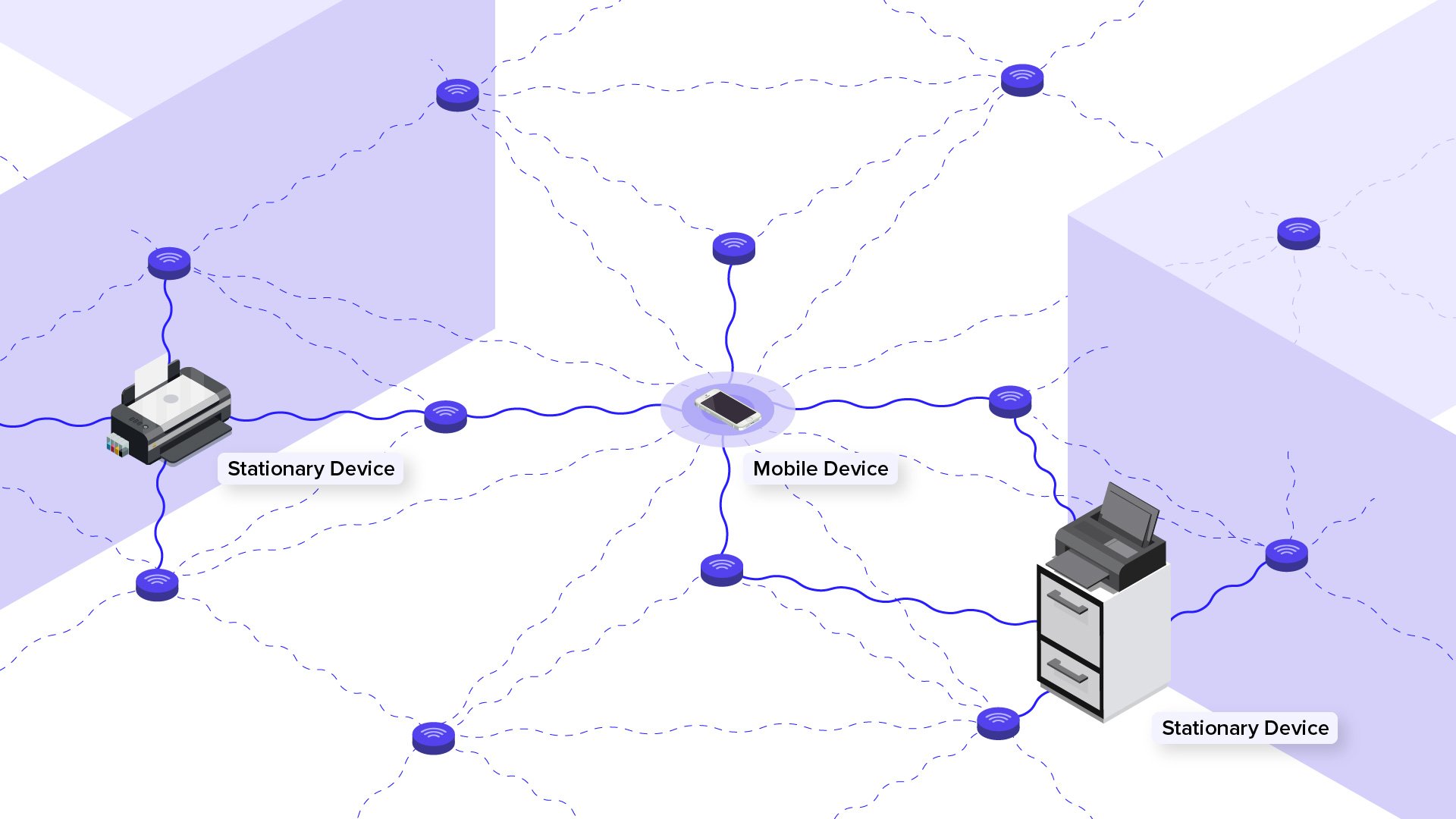Does Wi-Fi based occupancy technology slow down your network?

In the evolving landscape of corporate real estate and spatial intelligence, the introduction of new technologies can sometimes be met with skepticism, particularly from IT professionals tasked with maintaining seamless digital infrastructures. When it comes to Wi-Fi based occupancy technology, however, there’s minimal impact on network performance when properly implemented – but a potentially huge, positive impact on operational efficiency because of the kinds of space utilization insights and analytics it can unlock.
How Wi-Fi based occupancy technology works
Wi-Fi based occupancy technology harnesses a building's existing Wi-Fi network to detect the strength of Wi-Fi signals and the angle of arrival at various access points to determine the presence and movement of people within a space. This is traditionally achieved through a process of triangulation. However, this method is challenged in indoor spaces by furniture, walls and other obstructions.
InnerSpace innovates a patent-pending technology
To get improved accuracy despite these challenges, InnerSpace created a new, patent-pending solution called Predictive Hyperbolic Location Fingerprinting (PHLF). This method uses the presence of stationary connected devices, like printers and photocopiers, along with predictive algorithms, to more precisely pinpoint mobile device locations in physical spaces.
- Provides scalable coverage across large spaces and buildings
- 5x more location accuracy (within 1.3m 90% of the time)

The value of precise location analytics solutions
The data collected from such accurate Wi-Fi based technology offers valuable insights that have many commercial benefits. In offices, for example, it can lead to enhanced space utilization, better energy management, and more informed decisions regarding real estate investments. In higher education, healthcare and manufacturing settings, occupancy analytics and insights on traffic flow can help enterprises optimize everything from seating arrangements and room layouts to resource allocation and maintenance scheduling.
Minimal burden on bandwidth
InnerSpace's Wi-Fi-based occupancy technology is designed to be incredibly efficient. Based on tests done with our partner Arista, our solution uses less than 0.5 MB of data per minute for every 250 clients. This minimal bandwidth consumption ensures that the technology can be scaled across large facilities without any significant impact on network performance, allowing businesses to leverage critical data without compromising network speed or reliability.
No additional infrastructure required
By employing advanced patent-pending algorithms to analyze telemetry data, the InnerSpace platform requires no new hardware installations or modifications to current network setups. This ease of integration not only simplifies deployment but also reduces the cost and complexity associated with adopting new technology.
- Reduces installation fees associated with new hardware deployments
- Reduces overall deployment times significantly
- Increases value of existing Wi-Fi network deployment
Understand and optimize your workspace
InnerSpace is at the forefront of indoor localization technology, developing solutions that enable organizations to meaningfully improve the productivity and experience of their office spaces for employees and customers alike. To see how seamlessly our technology can integrate into your operations, book a demo with one of our experts.
Accurate space utilization data through Wi-Fi?
We'll prove it to you.
See why industry leaders leverage InnerSpace to generate valuable insights that go beyond occupancy.


